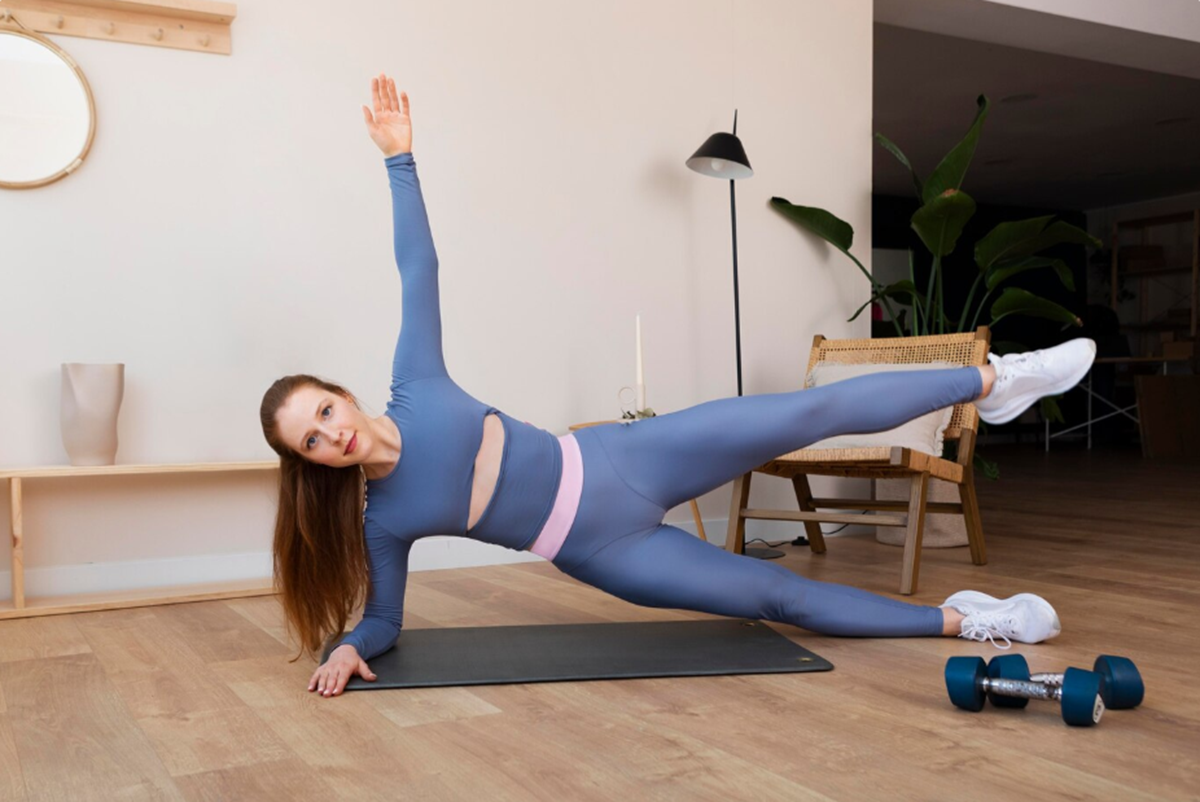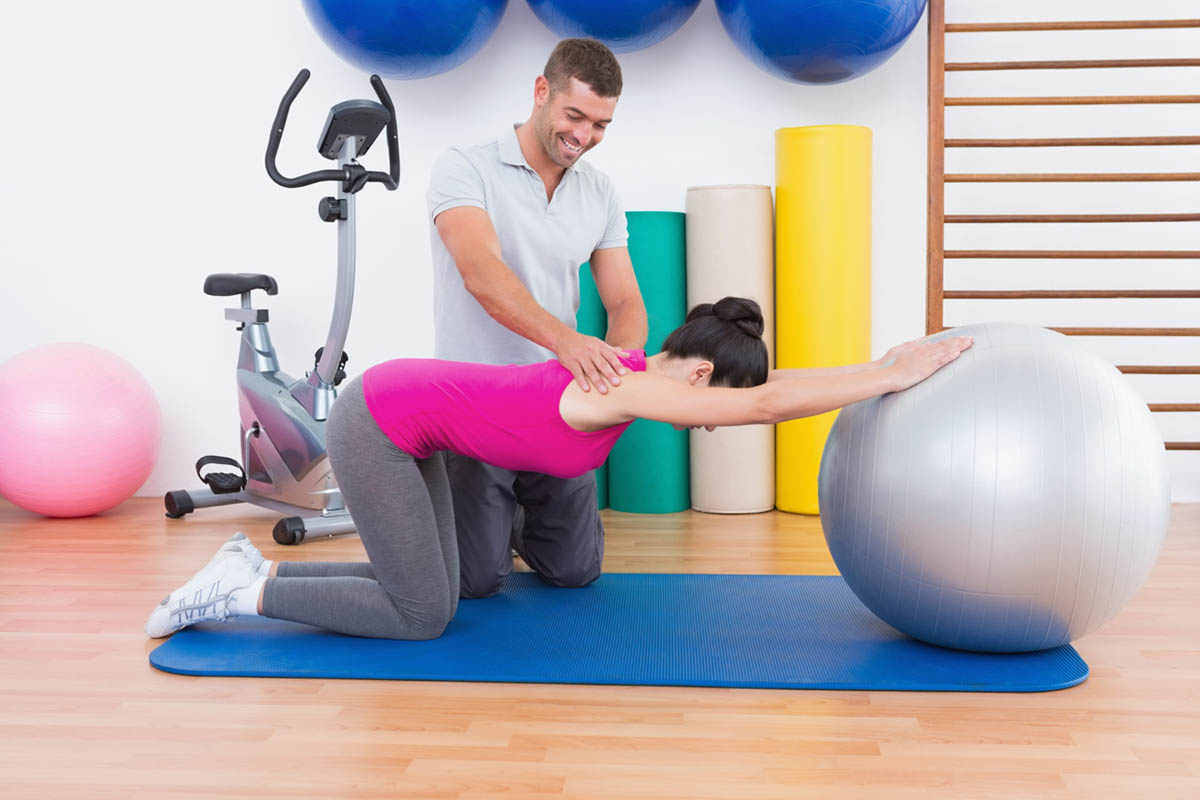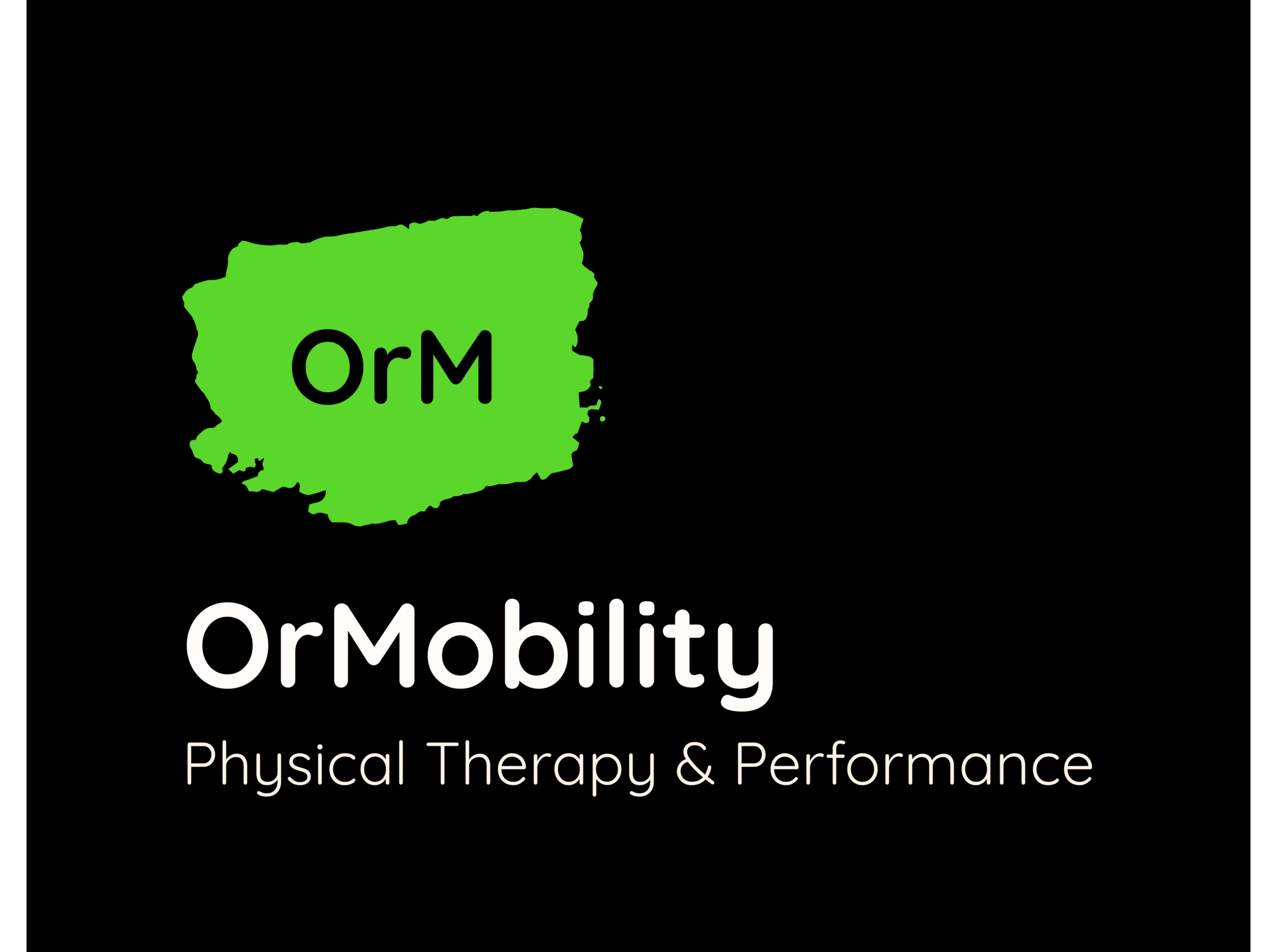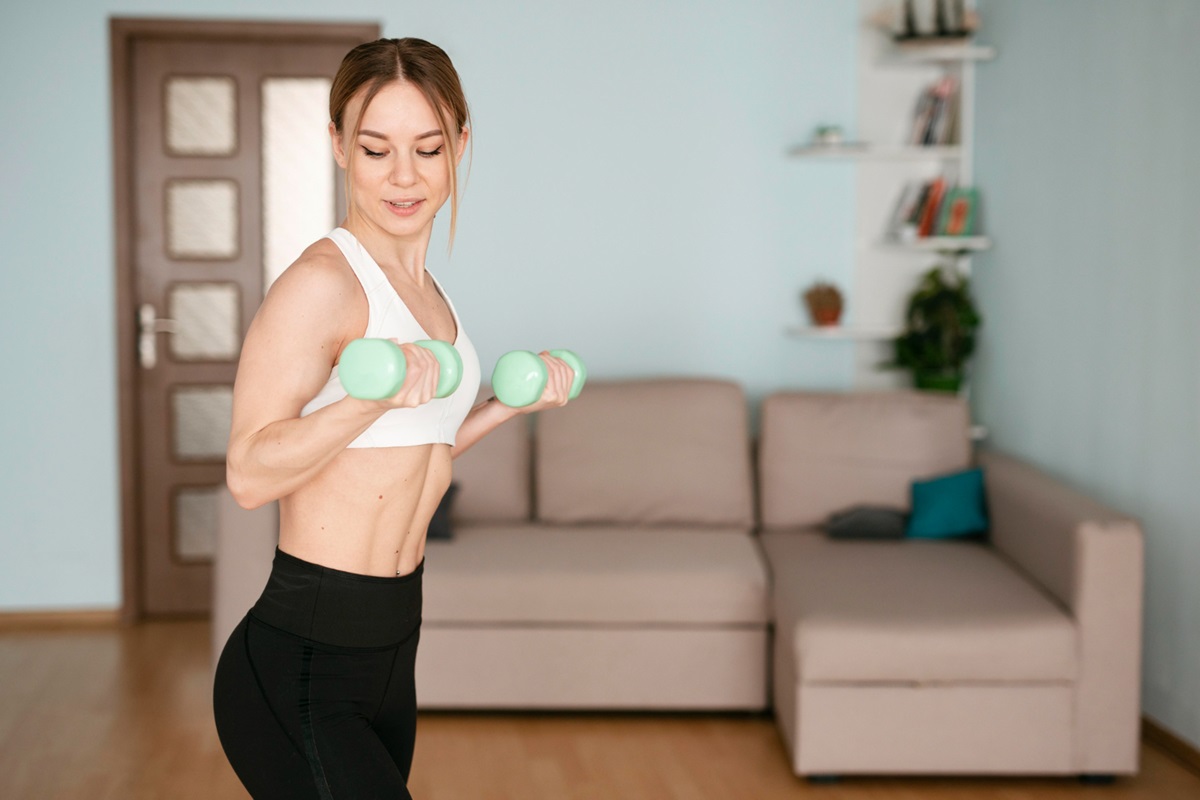Your weight doesn’t tell the whole story. What really matters is what your body is made of. The good news? With the right body composition exercises, you can build more muscle, lose fat, and feel stronger every day. At ORMobility Physical Therapy & Performance, we specialize in training plans that help you move better, feel better, and look better—all through science-backed fitness strategies.
What Is Body Composition and Why It Matters
To truly change how your body looks and functions, understanding body composition is key. It’s more than just weight; it’s about how much fat mass versus lean mass you have. By focusing on your unique fitness targets, a fitness coach near you can create a tailored plan to help you build strength and lose excess fat efficiently.
Understanding Fat Mass vs. Lean Mass
Body composition measures how much of your body is fat compared to muscle, bone, and water. Lean mass includes muscle mass, bones, organs, and fluids. More lean mass boosts your resting metabolic rate, helping your body burn more calories even when you’re at rest. This can be achieved by consistently performing exercises that improve body composition, like strength and cardio training. Tools like 3D body scanning, DEXA scan, or bioelectrical impedance offer detailed metrics on body fat percentage, muscle mass, and fat distribution.
Health Benefits of Improving Body Composition
Improving your body composition has far-reaching benefits:
- Better Metabolism: More muscle mass means a faster metabolic rate and higher calorie burn throughout the day.
- Reduced Disease Risk: Lower visceral fat is linked to lower chances of heart disease, diabetes, and inflammation.
- Improved Mobility & Strength: With less fat and more muscle, you’re more agile, flexible, and balanced, reducing the risk of injury and improving your performance.
- Non-Scale Victories: Think better energy, improved sleep, and clothes fitting better—even if the scale doesn’t move much.
How Exercise Influences Body Composition
You don’t need endless hours at the gym to change your body. You need smart, strategic workouts focused on strength training, interval training, and consistent movement. At ORMobility Physical Therapy & Performance, our Performance Program integrates the best science in biomechanics and recovery to help you reach your goals with a personalized approach.
Role of Strength Training in Increasing Lean Mass
Strength training builds lean mass and promotes muscular hypertrophy, which helps reduce fat mass over time. Moves like squats, deadlifts, push-ups, pull-ups, and bench presses are great compound movements that hit multiple muscles at once. With proper setup and exercise execution, you minimize fatigue and maximize muscle growth. It’s also essential to use progressive overload and train across different training zones to avoid plateaus.
Engaging in regular exercise promotes favorable shifts in body composition. For individuals with average body fat, physical activity helps increase lean mass, while those with higher fat levels often experience significant reductions in fat mass. Resistance training, in particular, proves especially effective for adults carrying excess body fat.
This makes strength training not just a tool for muscle gain but a powerful method for transforming body composition in both fit and overfat individuals.
Benefits of Cardiovascular and Interval Training for Fat Loss
Cardio exercise, especially HIIT (high-intensity interval training), is one of the most effective ways to reduce fat mass and improve body composition. These workouts improve calorie burn, support cardiovascular health, and raise your total daily energy expenditure (TDEE). When planned well in a balanced workout plan, cardio supports fat loss while preserving muscle.
Why Combining Training Types Delivers the Best Results
Using both strength and cardio ensures you’re building muscle and burning fat simultaneously. This approach improves core stability, mobility, muscular power, and endurance. It’s also a safer method, minimizing overtraining, inadequate recovery, and the risk of injury. A fitness professional can help you find the right mix to match your goals and avoid overtraining symptoms.
Top Body Composition Exercises You Should Do

Certain exercises stand out for their ability to build muscle and burn fat. These exercises use many muscle groups, improve balance, and support a leaner, stronger body. Incorporating them consistently helps break through plateaus and develop a more athletic, functional physique.
Compound Strength Movements (Squats, Deadlifts, Lunges, Push-Ups)
These compound movements are essential strength training tools:
- Squats: Great for lower body strength, core stability, and power. Excellent for boosting caloric burn.
- Deadlifts: Engage the whole posterior chain and improve total-body strength and posture.
- Lunges: Target quads, hamstrings, and glutes, enhancing balance and mobility.
- Push-ups: A powerful upper-body move to build chest, shoulders, and core. Scalable to all levels. Each move promotes muscular hypertrophy while teaching proper form and helping with injury prevention.
Calisthenics and Bodyweight Power Moves (Burpees, Planks, Explosive Lunges)
Calisthenics are great for muscular endurance, fatigue resistance, and building lean mass without equipment:
- Burpees: High-impact movement that builds stamina and torches calories.
- Planks: Develop core stability, shoulder strength, and posture.
- Explosive lunges: Boost muscular power and cardiovascular fitness. These are ideal for busy people looking to fit body composition exercises into short routines.
Interval Training Protocols – Using HIIT to Shift Fat Mass
HIIT uses short bursts of intense work followed by rest. For example, alternate 30 seconds of pushups and burpees with 30 seconds of rest. HIIT boosts metabolic rate, increases calorie burn, and improves body fat percentage. HIIT also avoids overtraining risks when programmed with sufficient rest and recovery.
Sample Workout Routines for Body Composition
Whether you’re new to fitness or looking to level up, having a plan helps. A personal fitness coach near me can guide you through a balanced workout plan that fits your lifestyle and fitness level. Below are three example routines to get you started.
Beginner Plan: 3-Day Full-Body Strength + HIIT Session
- Day 1: Squats, push-ups, lunges, planks (2-3 sets each). Emphasize exercise execution and proper form.
- Day 2: 20-minute HIIT (e.g., burpees, mountain climbers, jump squats). Boosts calorie burn and metabolic conditioning.
- Day 3: Deadlifts, rows, glute bridges, bicycle crunches. Focus on movement quality and rest and recovery between sets.
Intermediate Plan: Split Strength Sessions + Interval Cardio
- Day 1: Upper body (bench presses, rows, shoulder presses) + short HIIT finisher.
- Day 2: Lower body (deadlifts, lunges, hip thrusts) + core exercises.
- Day 3: 30-minute interval training on bike or track. Target different training zones.
- Day 4: Total body strength workout to develop muscle mass and endurance.
Advanced Plan: Targeted Strength + Power Moves + Active Recovery
- Day 1: Heavy strength moves (deadlifts, squats, bench presses) using progressive overload.
- Day 2: Explosive work (box jumps, power cleans, sled pushes).
- Day 3: Mobility drills and light cardio to promote recovery and reduce fatigue.
- Day 4: HIIT plus bodyweight conditioning. Keep it challenging but balanced to avoid overtraining.
Nutrition and Lifestyle Tips to Support Your Training
Exercise alone won’t transform your body. Nutrition, sleep, hydration, and rest and recovery all play critical roles. By dialing in these areas, you maximize the benefits of your body composition exercises and avoid setbacks.
Prioritizing Protein and Whole-Foods Diet
A diet rich in lean protein, whole foods, fruits and vegetables, and healthy fats supports fat loss and muscle growth. Managing macronutrient balance, caloric surplus or caloric deficit, and meal timing is essential for effective body recomposition. A registered dietitian or fitness professional can help tailor your nutrition plan.
The combination of exercise and caloric restriction remains one of the most effective strategies for lowering body weight and fat percentage while maintaining muscle mass. In women, pairing workouts with time-restricted eating has shown to preserve lean tissue better than other dietary approaches. Although the ketogenic diet combined with exercise supports weight loss, it may be less effective at reducing body fat percentage and maintaining lean mass over time.
Nutritional strategy should support both your energy needs and your training, ensuring your body composition exercises are backed by effective fuel and recovery.
Importance of Sleep, Hydration, Recovery
Sleep supports muscle recovery, hormone balance, and reduces cravings. Staying hydrated helps with performance, hydration status, and nutrient delivery. Inadequate recovery can lead to overtraining, fatigue, and lack of progress. Schedule in rest and recovery days weekly.
Tracking Progress: Measurements, Photos, Composition Assessments
Use tools like 3D body scanning, circumference measurements, and progress tracking apps. Track non-scale victories, set realistic goals, and celebrate milestones. Regular visual progress updates build self-belief, motivation, and help course-correct when needed.
Why Choose ORMobility’s Performance & Fitness Coaching Program

At ORMobility Physical Therapy & Performance, we offer more than just workouts. Our unique Performance Program combines clinical expertise with real-world training to deliver results you can see and feel. We tailor programs to your needs using strength and balance assessments, mobility screens, and smart progress monitoring.
Personalized Coaching Approach for Improved Body Composition
Each client receives personalized recommendations, programming, and feedback based on current fitness levels and goals. Whether you’re in a caloric surplus to build muscle or cutting fat with a caloric deficit, we guide you every step.
Blend of Strength, Mobility, and Functional Movement
Our system emphasizes core stability, functional fitness, and mobility to keep you moving pain-free. We address weaknesses and improve exercise execution to maximize gains and avoid injury.
Local Coaches Available
If you’re searching for a fitness coach near me or a personal fitness coach near me, our expert team is based in Roseburg and Sutherlin, OR. Request Appointment today and take your first step toward lasting change.
Conclusion
Improving your body isn’t about shrinking—it’s about building strength and confidence. Through targeted body composition exercises, a dialed-in nutrition plan, and expert coaching, you can transform how you look and feel. Partner with ORMobility Physical Therapy & Performance and experience the difference of a proven Performance Program built just for you.
FAQs
How do I improve my body composition?
Focus on strength training, interval training, whole-food nutrition, and proper rest and recovery. Monitor your progress with body composition assessments and stay consistent.
What are the five body compositions?
Fat mass, lean mass, muscle mass, bone density, and body water. These are measured using tools like DEXA scan or 3D body scanning.
What type of training is best for body composition?
A blend of compound movements, HIIT, and mobility work delivers the best results. Include push-ups, lunges, deadlifts, and other strength moves for total-body results.


